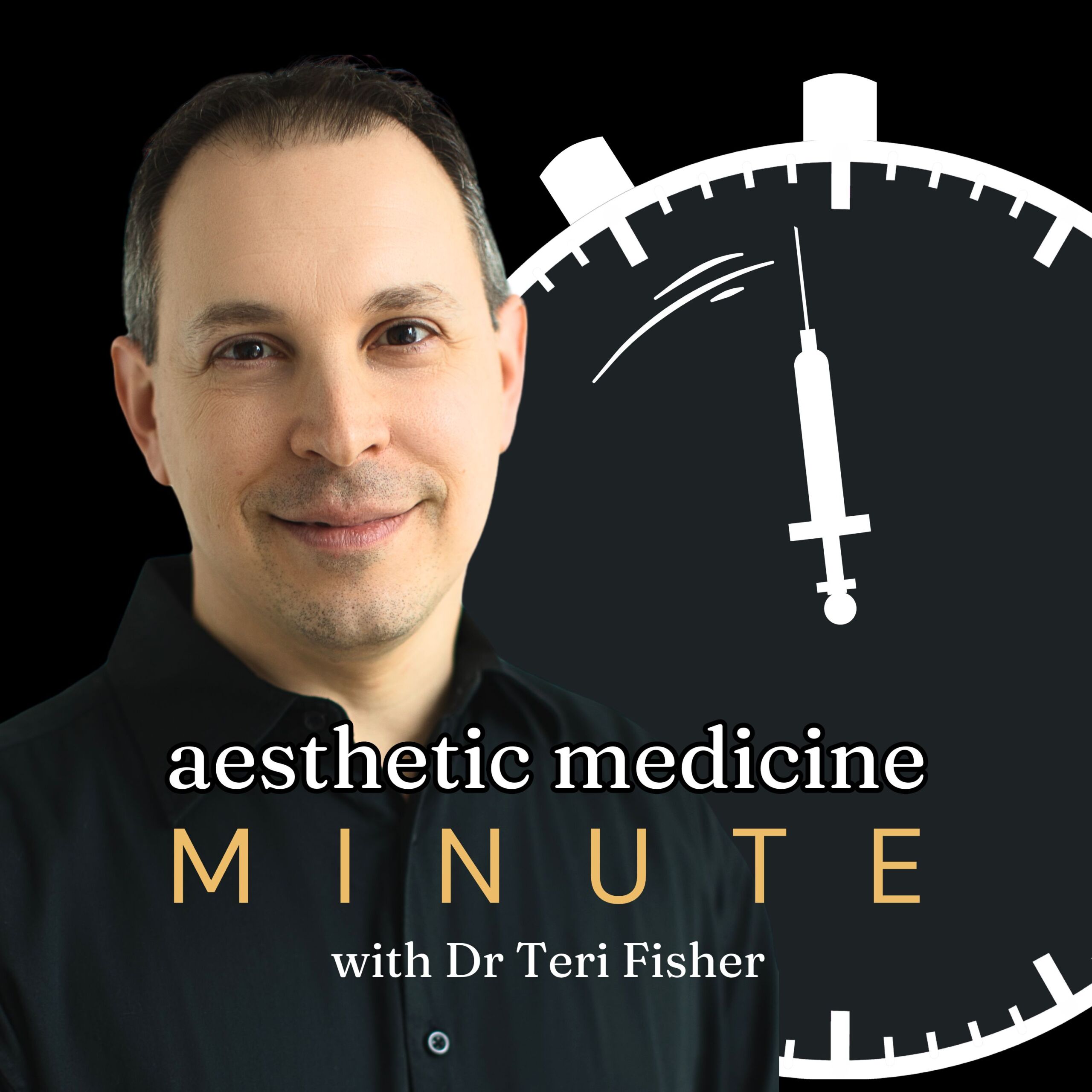
AMM 70: Advanced Aesthetics: Minimizing Filler Risks with Ultrasound-Guided Precision
May 7, 2024
The Aesthetic Medicine Minute shares groundbreaking research on using minimal amounts of hyaluronidase to treat complications from hyaluronic acid fillers. Discover how this precise approach can effectively address acute vascular occlusion without the risk of significant side effects, providing safer and more efficient care for patients. Stay tuned for more insights and updates on enhancing beauty with scientific precision in the field of aesthetic medicine.
Quick Takes
- Preliminary report proposes advancement in treating complications from hyaluronic acid fillers by using minimal amounts of hyaluronidase
- Study presents cases of young female patients with vascular lesions treated effectively with reduced doses of hyaluronidase
- Research highlights the potential to minimize hyaluronidase dosage without compromising efficacy, promoting a safer and more effective approach in aesthetic medicine
Episode Transcript
Welcome to the Aesthetic Medicine Minute. Today is May 7th, 2024.
In a recent development within the field of aesthetic medicine, a preliminary report was published, proposing an intriguing advancement in treating complications from hyaluronic acid fillers. Dr. Urso Simone Ugo, Dr. Molinari Paola, Dr. Fundarò Salvatore, and Dr. Giovanni Mosti – all aesthetic doctors and plastic surgeons from Italy – have presented their findings on the use of minimal amounts of hyaluronidase for the treatment of acute vascular occlusion caused by hyaluronic acid fillers.
These complications, while rare, can be quite distressing. Traditional approaches often involve high doses of hyaluronidase, which carry the risk of significant local and general side effects. What the study indicates, however, is that when the origin of the complication is precisely identified via ultrasound guidance, only a small number of hyaluronidase units are required to treat it effectively.
The research presented five cases of young female patients with vascular lesions stemming from recent HA filler injections. These lesions, accurately identified by ultrasound, were treated with a dose of 87 ± 44 IU of hyaluronidase. The results were promising, with the four promptly treated patients making a full recovery, and the fifth showing marked improvement. Importantly, there were no reported side effects from this reduced hyaluronidase dosage.
This study, published on April 23rd, in the Aesthetic Surgery Journal Open Forum, underscores the potential to minimize the dosage of hyaluronidase without compromising efficacy, reducing the likelihood of side effects. It supports a precise, ultrasound-guided approach that is not only more effective but also safer for our patients, fitting neatly with our ethos of ‘Sculpted Confidence’.
That’s all for today’s Aesthetic Medicine Minute. This has been a glimpse into what’s moving and shaking in the world of aesthetic medicine. Remember, it’s all about enhancing beauty with scientific precision and care. Until next time.
